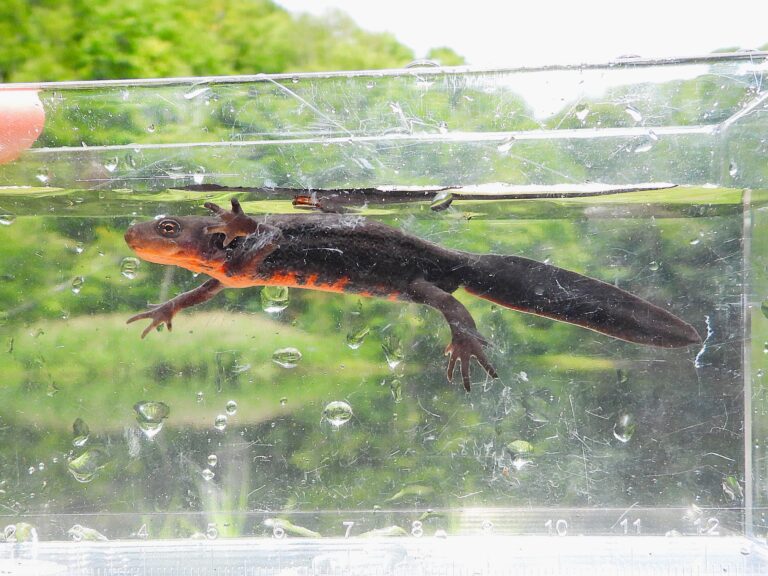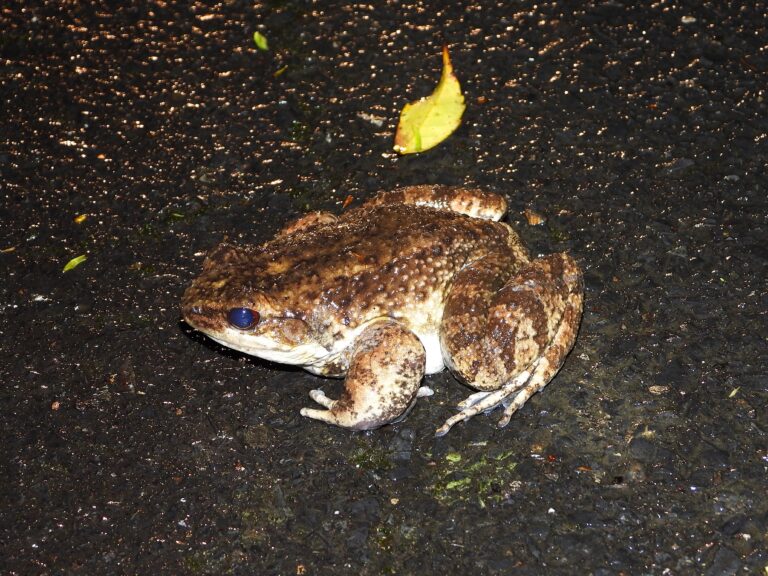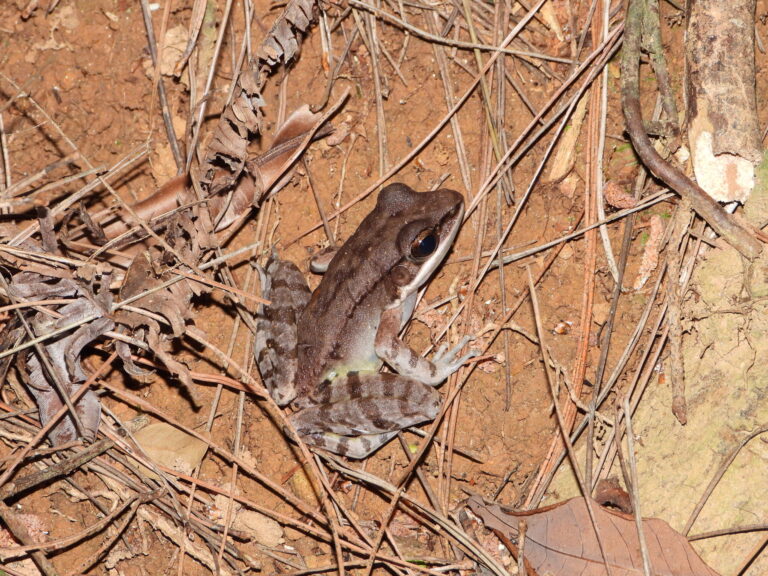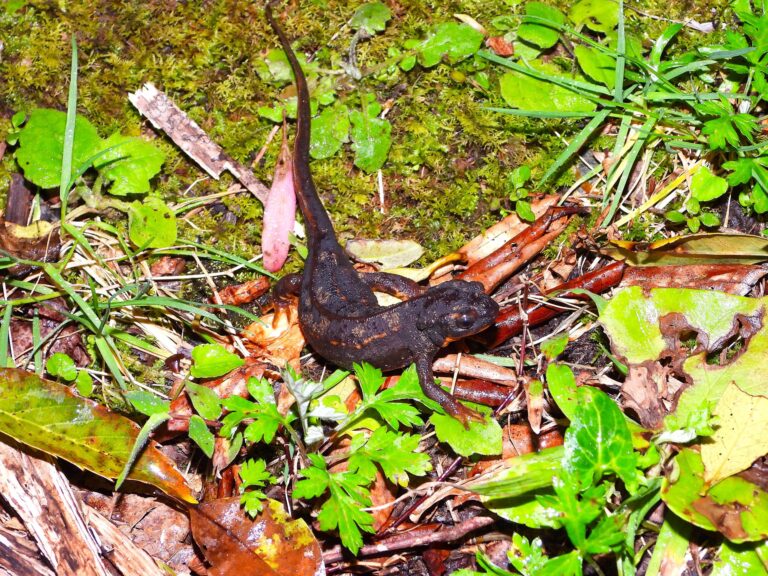Yaeyama Green Tree Frog (Zhangixalus owstoni) – Wildlife of Japan
Introduction
The Yaeyama Green Tree Frog lives only on Ishigaki and Iriomote Islands in Okinawa, Japan.
Also known as the Yaeyama Tree Frog, this species honors the British naturalist Alan Owston, who helped collect many of Japan’s early zoological specimens.
Today, it faces threats from habitat loss and the destruction of breeding sites, and is listed as Near Threatened.
Appearance
This frog is quite large for a tree-dwelling species.
Males grow to 42–51 mm, while females reach 50–67 mm in body length.
Its back is bright green, the eyes are yellow, and the inner thighs often show a red tint.
Unlike some related species, its webbing is only moderately developed.
Habitat & Distribution
The Yaeyama Green Tree Frog lives in lowland forests and along wetlands, paddy margins, and forest roads.
It prefers moist vegetation and usually stays above ground on trees or broad leaves.
The species is endemic to Ishigaki and Iriomote, the Yaeyama Islands of southern Japan.
Behavior
This frog spends most of its time in trees but moves down to wet ground during the breeding season.
Its chorus fills the forest during the winter months, especially after rain.
At night, males call from vegetation near puddles and ditches.
Diet
The frog mainly eats insects and other small invertebrates.
Although detailed feeding studies are limited, its diet follows the typical pattern for rhacophorid tree frogs.
Reproduction
Breeding occurs from December to April.
Females create cream-colored foam nests at the edges of puddles, rice paddies, or shallow depressions on the ground.
After hatching, tadpoles drop into nearby water to continue developing.
This unique foam-nesting method is a hallmark of Zhangixalus frogs.
Conservation
The Yaeyama Green Tree Frog is listed as Near Threatened by the IUCN (2021).
Its population declines mainly because of wetland drainage, agriculture, and road deaths during breeding migration.
Fortunately, part of its range lies within Iriomote-Ishigaki National Park.
Continued habitat monitoring and the protection of forest–wetland corridors are vital for its survival.
Author’s Impression
When I explored the Yaeyama Islands, this frog immediately stood out — a vivid green gem glowing against the wet forest leaves.
After a warm evening rain, the forest comes alive with their soft calls from every direction.
Walking quietly with a flashlight along a roadside drain, I once spotted one sitting perfectly still on a broad leaf, its golden eyes shining back at me.
That moment stayed in my memory — a perfect symbol of Japan’s subtropical wilderness.







